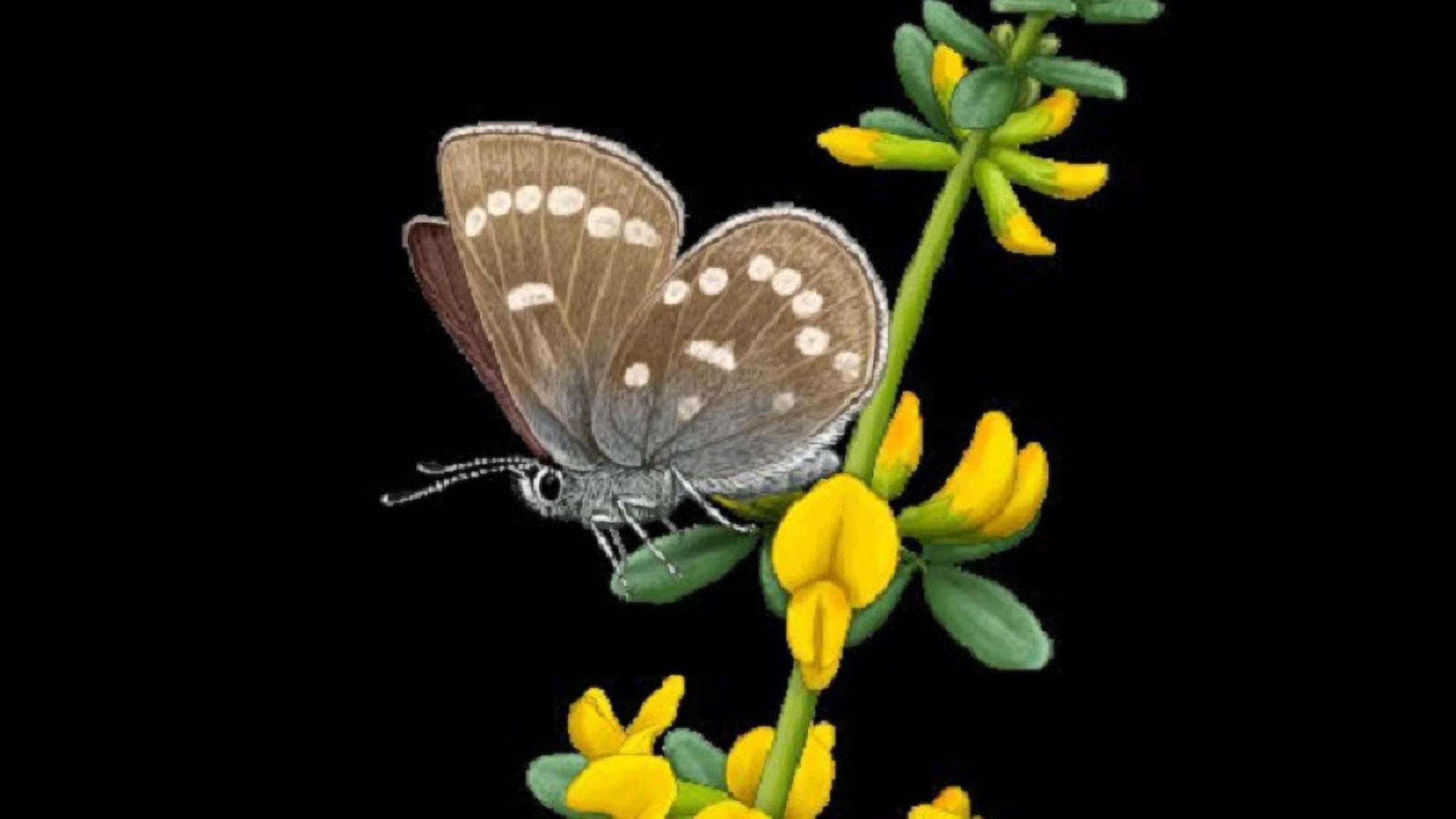Genetics experts have revealed how they could be able to bring an extinct butterfly back from the dead in a Jurassic Park-style revival.
Experts at Spain’s National Research Council say they have sequenced the genome of the Xerces Blue, believed to have been extinct in its native America since 1941.
Now, they say, they can use the genome to “de-extinct” the species, one of the first to die out because of human pressure on its natural habitat in California.
It is the first time an extinct insect species has had its genome sequenced and could lead to the reintroduction of hundreds of other extinct bugs, according to the council.
And the study could help scientists to find ways to protect still-living but vulnerable insect species from the threat of dying out.
Newsflash obtained a statement from the Spanish National Research Council on 11th July, saying: “The genome of the Xerces Blue butterfly, an icon of human-caused extinction, has been sequenced.
“The study, led by the Institute of Evolutionary Biology (IBE-CSIC-UPF) and the Barcelona Museum of Natural Sciences, has recovered the genome of an extinct insect for the first time.”
They explained: “The Xerces Blue butterfly (Glaucopsyche xerces) was native to the coastal dunes of San Francisco, in the United States.
“With the growth of the city, a large part of its habitat was destroyed and its population was relegated to the Golden Gate National Park.
“Its wings were a deep iridescent blue, with characteristic white spots on the underside. The last specimens of its species were found in 1941 by entomologist W. Harry Lange.

“It is considered the first extinct insect species in historical times.
“Its disappearance has made it a global icon of human-induced extinction, to the point of giving its name to a famous North American conservation association: the Xerces Society.”
They told how scientists had sequenced the genome of four of the Xerces and seven Silvery Blue (Glaucopsyche lygdamus) butterflies from Washington’s Smithsonian Institution.
They explained: “The results have been published in the eLife magazine.
“The research results indicate that the Xerces Blue butterfly experienced a large population decline over tens of thousands of years, likely caused by changes in climatic factors that did not affect the Silvery Blue.
“The destruction of their habitat by humans, however, would be the trigger for their final extinction.
“The study thus concludes after detecting in its genome the traits typical of a small population, including low genetic diversity, long chromosomal fragments without genetic variation and a high frequency of deleterious alleles, which harmed the viability of individuals and they made it what we would today call a vulnerable species.
“Xerces Blue is an icon of insect extinction around the world.
“Now its genome could help prevent the extinction of other endangered insects, whose sharp population declines are not evident.”
Researcher and study co-leader Roger Vila said: “Detecting mammal species in danger of extinction is easier because in many cases it is possible to count the individuals.”
He added: “There are many insects in danger of extinction, however, whose situation goes unnoticed because it is extremely difficult to take a census of their populations, which generally seem very abundant to us.
“However, they can be very sensitive to climate variations and human action, for example, to pesticides.
“For this reason, we believe that the genomic traits that indicate the reduction in the population of the Xerces Blue butterfly could currently serve as an alert and help detect vulnerable insects in future studies.”
The experts said that knowing a species’ complete genome is the “first step towards de-extinction”.
The statement said: “The disappearance of insects, especially pollinators, is a very serious ecological problem worldwide.
“For this reason, the extinction of species such as the Xerces Blue butterfly through genetic engineering techniques based on CRISPR is of great interest to the scientific community.”
Joint lead researcher Carles Lalueza-Fox said: “We hope that having its complete genome can help to de-extinct it in future initiatives.”
To find out more about the author, editor or agency that supplied this story – please click below.
Story By: Joseph Golder, Sub-Editor: Marija Stojkoska, Agency: Newsflash
The Ananova page is created by and dedicated to professional, independent freelance journalists. It is a place for us to showcase our work. When our news is sold to our media partners, we will include the link here.




